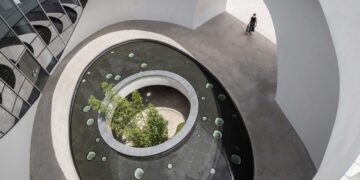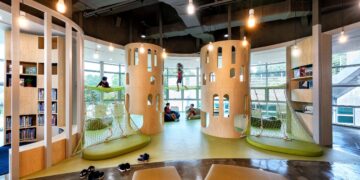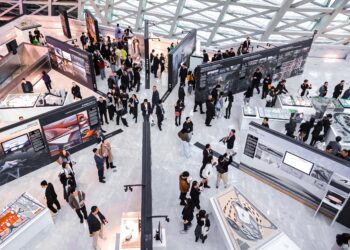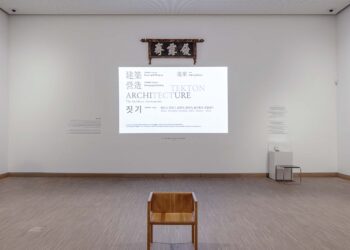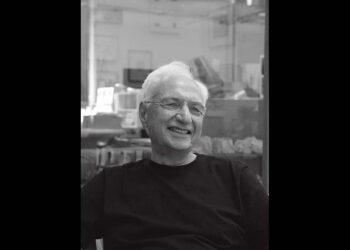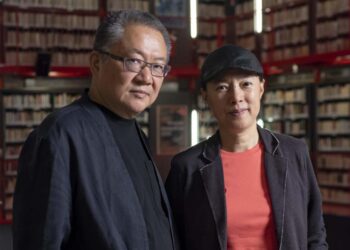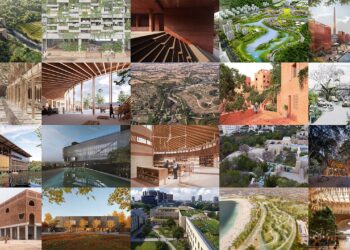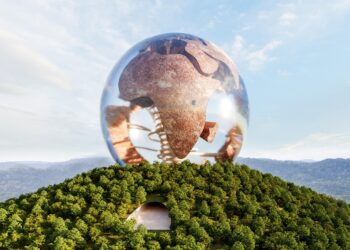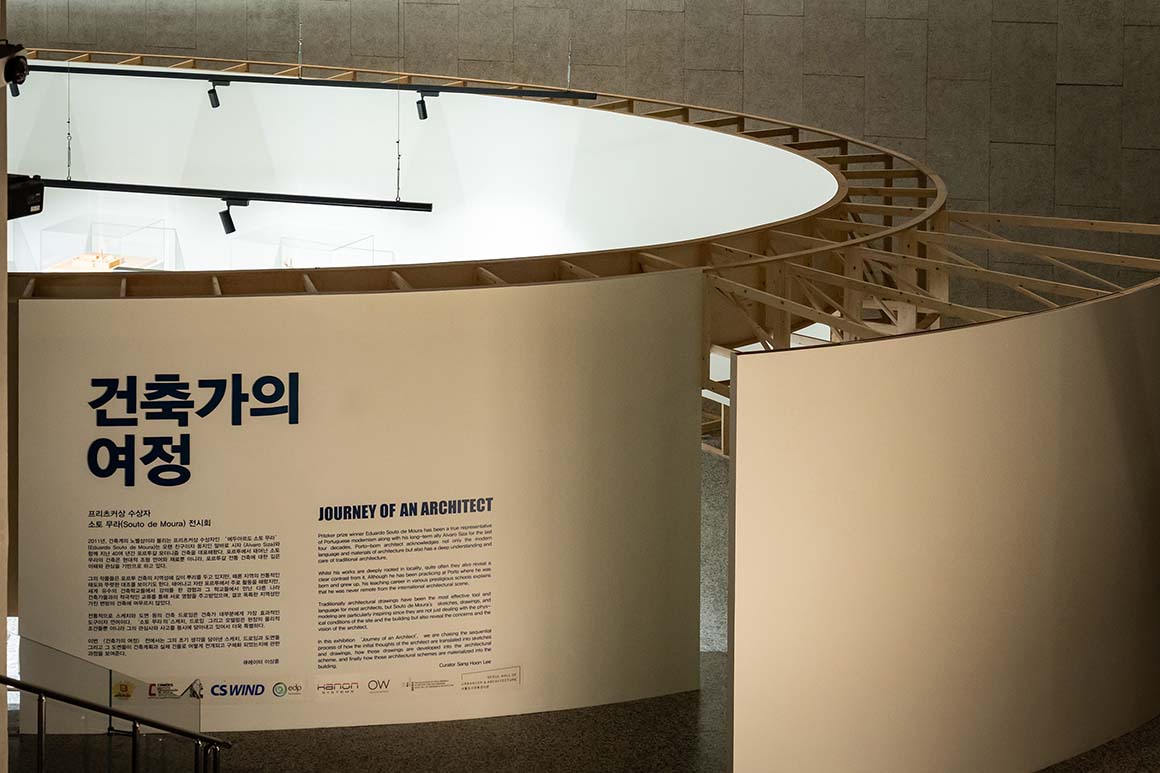
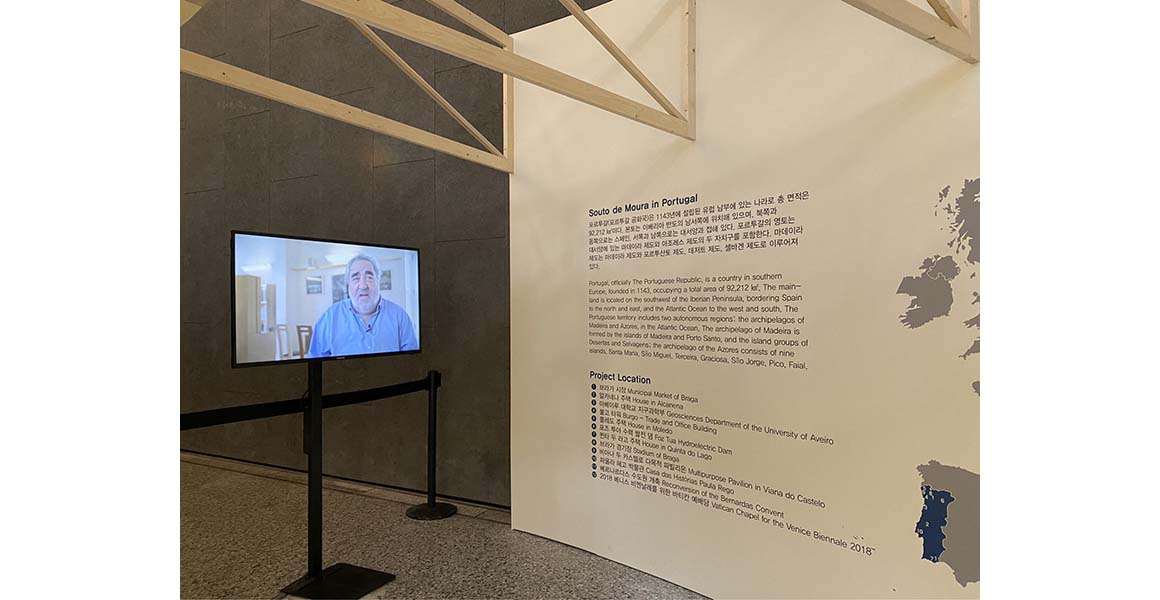
The “Journey of an Architect” exhibition has opened in Seoul, showcasing the works of Eduardo Souto de Moura, a Portuguese architect who won the 2011 Pritzker Prize following Alvaro Siza in 1992. The exhibition aims to introduce Portugal’s architectural culture to Korea, commemorating the 60th anniversary of diplomatic relations between the two countries. The Seoul Hall of Urbanism and Architecture collaborated with the Portuguese non-profit architectural foundation Casa Da Arquitectura to organize the display of sketches, drawings, and models of 12 selected works of Souto de Moura.
The exhibition highlights Souto de Moura’s works from various regions and scales, including small private houses such as House in Quinta do Lago(1989), House in Alcanena(1992), and House in Moledo(1998), as well as large public buildings like Braga Stadium(2004), Power Plant for the Foz Tua Dam(2018), Paula Rego Museum(2010), and Burgo Tower(2007), which are some of his most representative works. It also features his early work, the Braga Municipal Market(1980-2010).

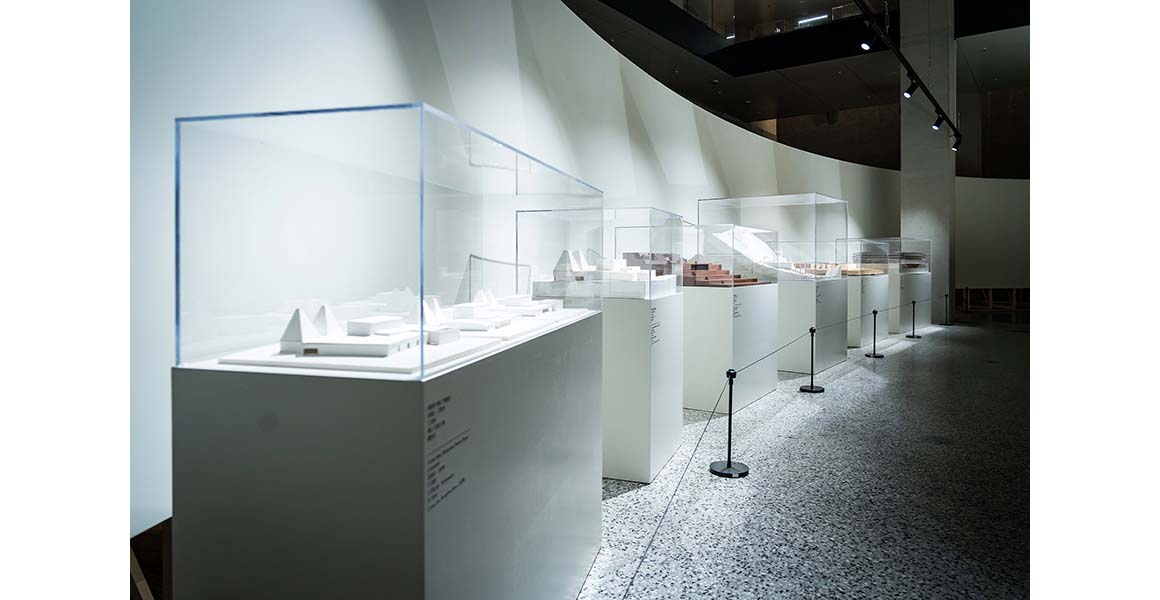
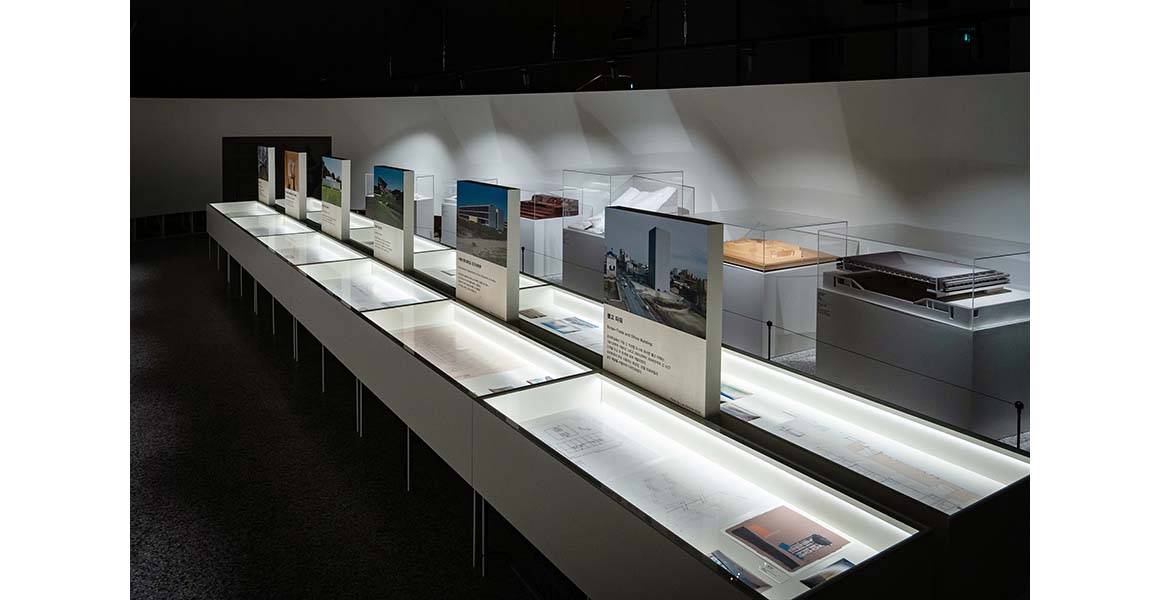
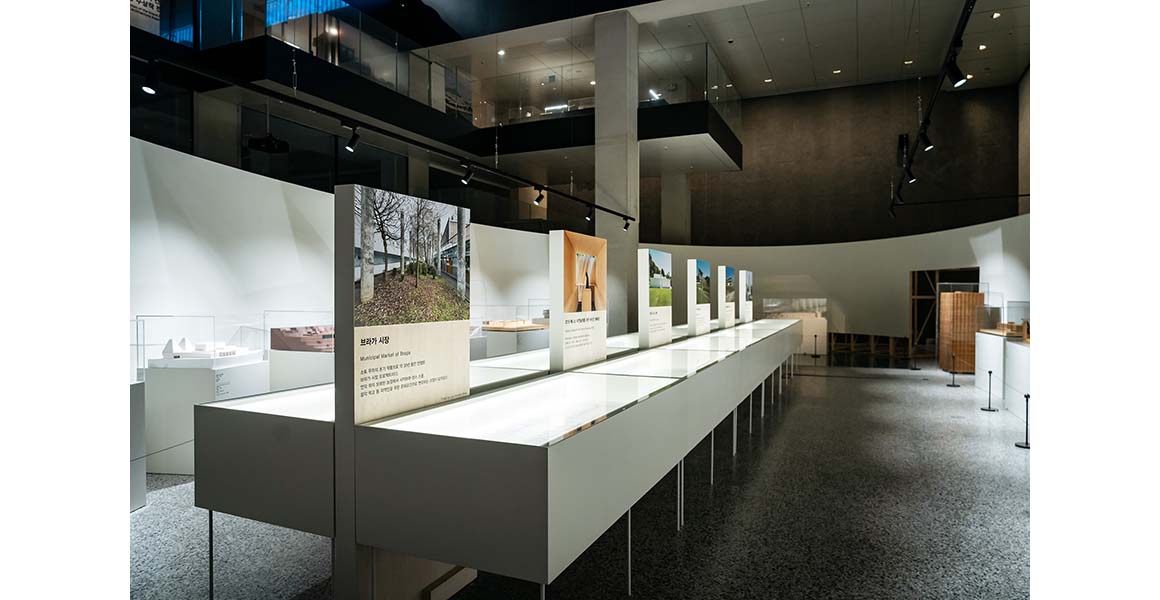
Souto de Moura initially pursued sculpture as an art student but later switched his major and earned a degree in architecture. Since founding his office in 1980, he has completed over 60 architectural works to date. Although often described as a neo-Miesian architect, he continuously strives for originality and has gained acclaim for his exquisite use of unconventional materials such as granite, wood, marble, brick, steel, and concrete, as well as his innovative use of color.
Upon entering the underground level of the Seoul Hall of Urbanism and Architecture, visitors are welcomed by a long oval-shaped white wooden structure. A brief introduction to Portugal and a world map displaying the 12 exhibited works are displayed on the wall at the entrance to the exhibition hall. Inside, a row of white wooden cabinets topped with glass holds sketches, drawings, and pictures of each piece of work, while models are arranged in front of both curved walls.
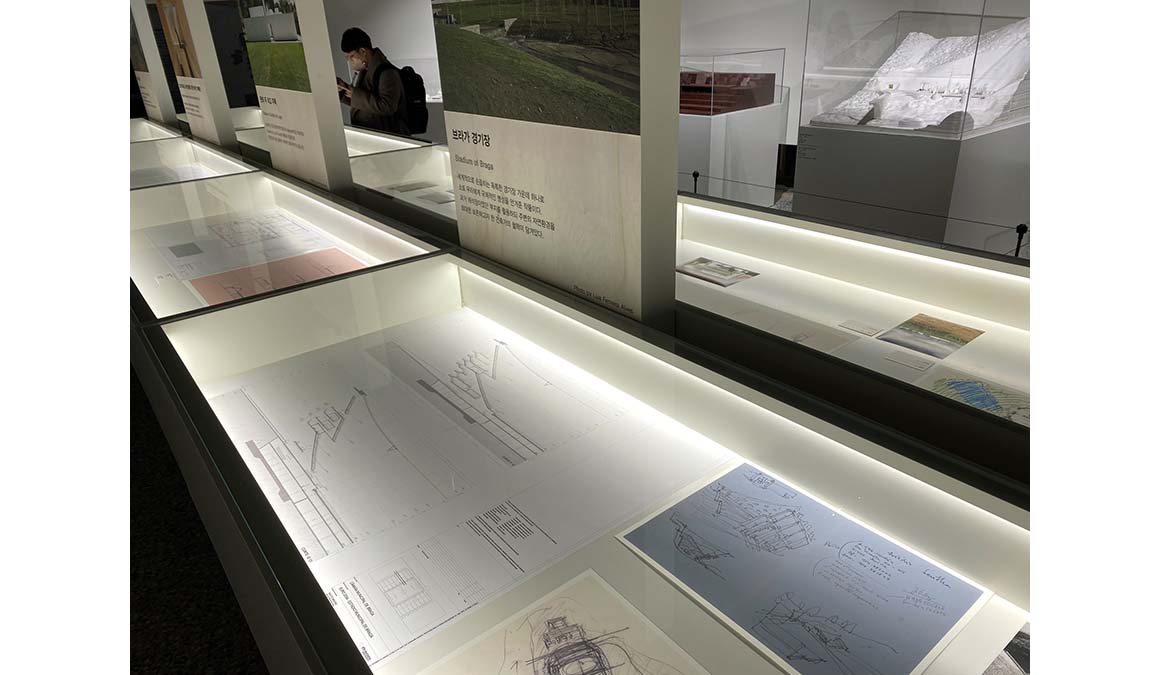

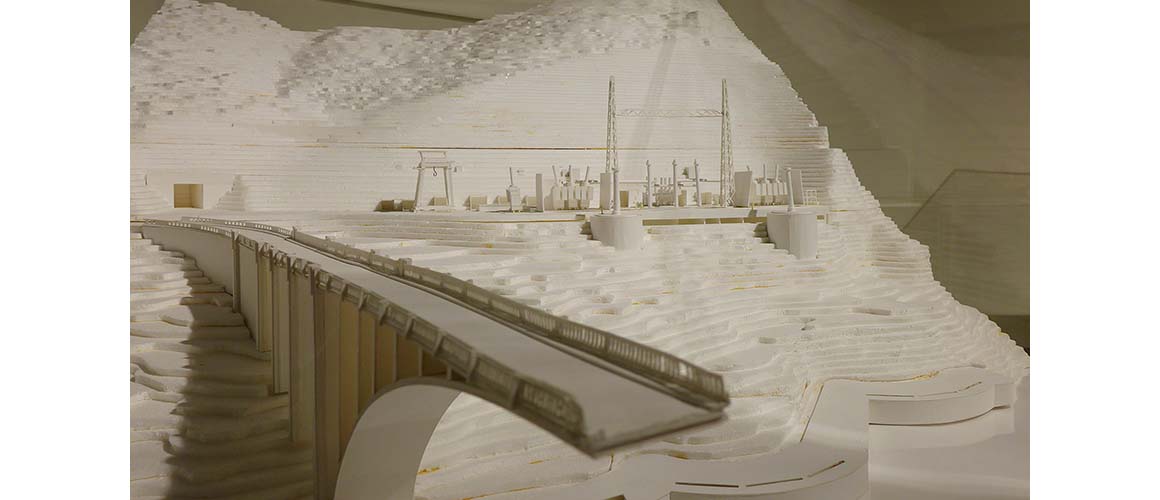
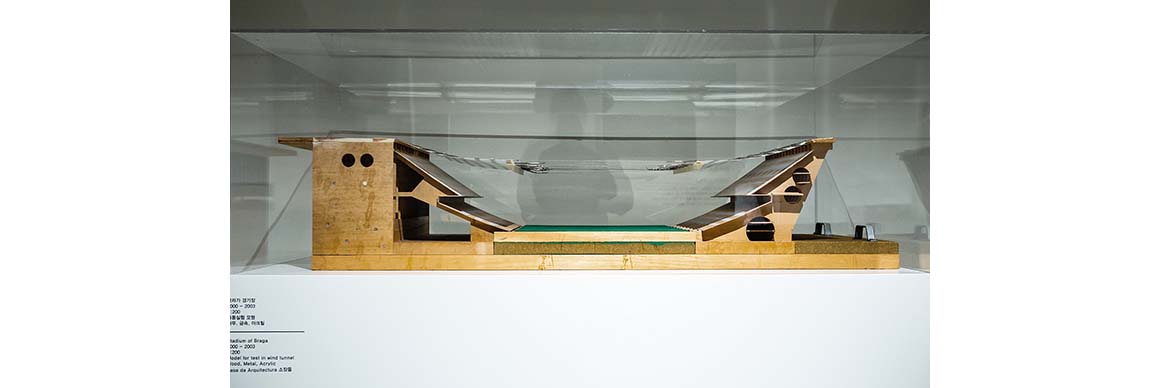

Souto de Moura believes that nature and artificial structures can coexist, as demonstrated in his renovation of the Braga Stadium, which was previously a quarry. Instead of building a concrete retaining wall, Souto de Moura covered the cut rock surface, creating a natural-looking structure that blends seamlessly with the surrounding landscape. His interest in tradition is evident in his work, as he frequently incorporates local materials and colors and reinterprets old and heritage buildings. For example, the Paula Rego Museum is a modern reinterpretation of the Sintra Palace, which served as the Portuguese palace until the end of the 19th century, and features a bold red color scheme reminiscent of traditional Portuguese architecture.
The House in Quinta do Lago, located in Algarve, the southernmost port of Porto, is a white single-story house with a minimal and geometric design. Featuring a hemispherical volume, triangular horns, and pillars on a simple cuboid, it was inspired by the geometry of the Church of Luz de Tavira, built in the 16th century.

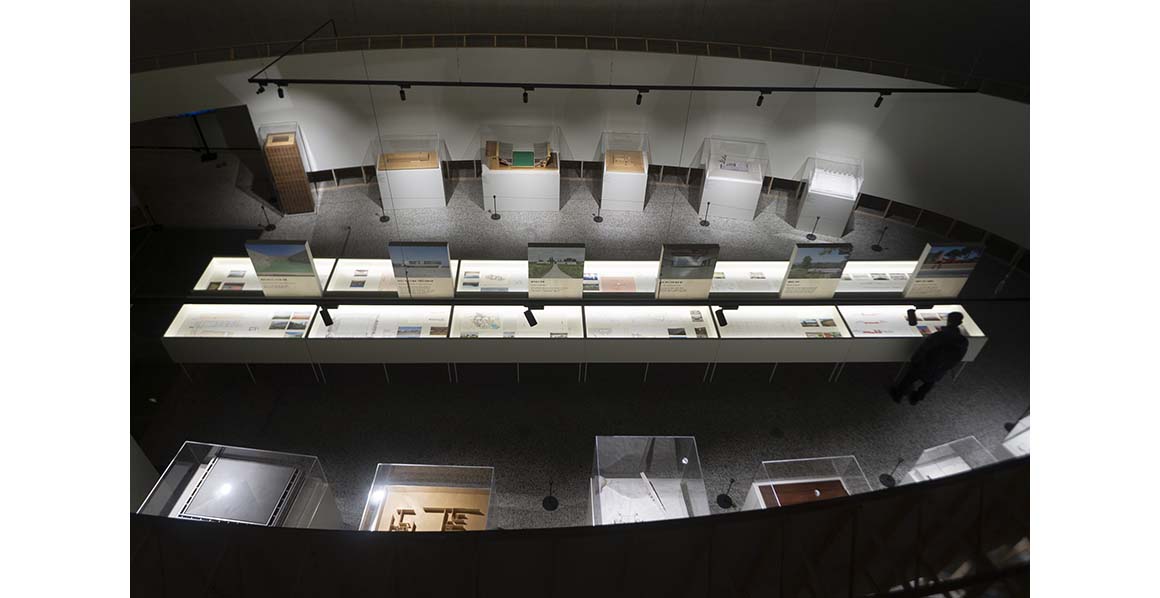
According to Souto de Moura, architecture is a global issue, and there is no such thing as ecological, intelligent, or sustainable architecture – only good architecture. He believes that architects should always consider various factors, including energy, resources, costs, and social aspects, to address any issues that may arise. Given the current climate change crisis, Souto de Moura’s architectural philosophy is particularly relevant for architects who must balance human-made structures with the natural environment without destroying existing buildings.
Despite the fact that this exhibition only showcases 12 of the Pritzker Prize-winning master architect’s works, the exchange between Portugal and Korea offers an opportunity to introduce Souto de Moura’s vast architectural repertoire to a new audience.

